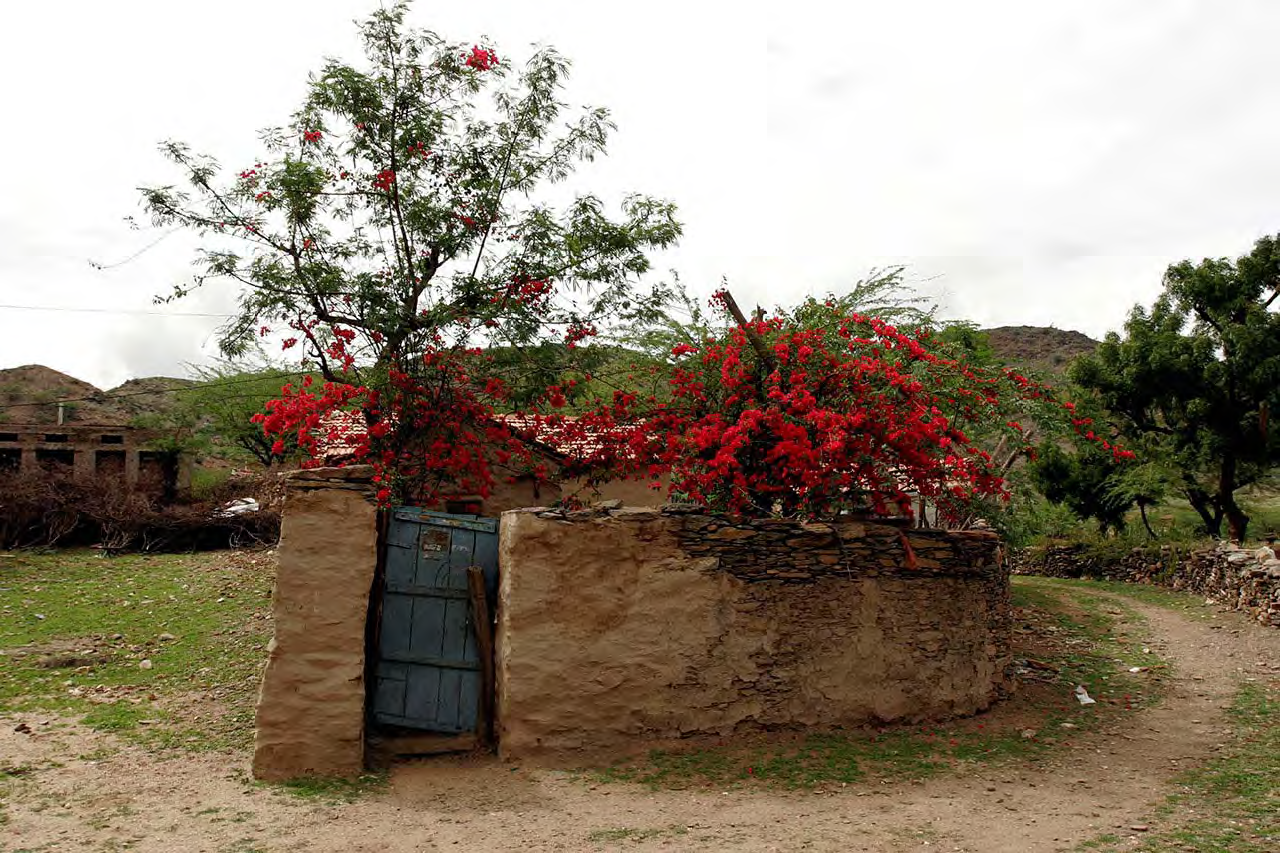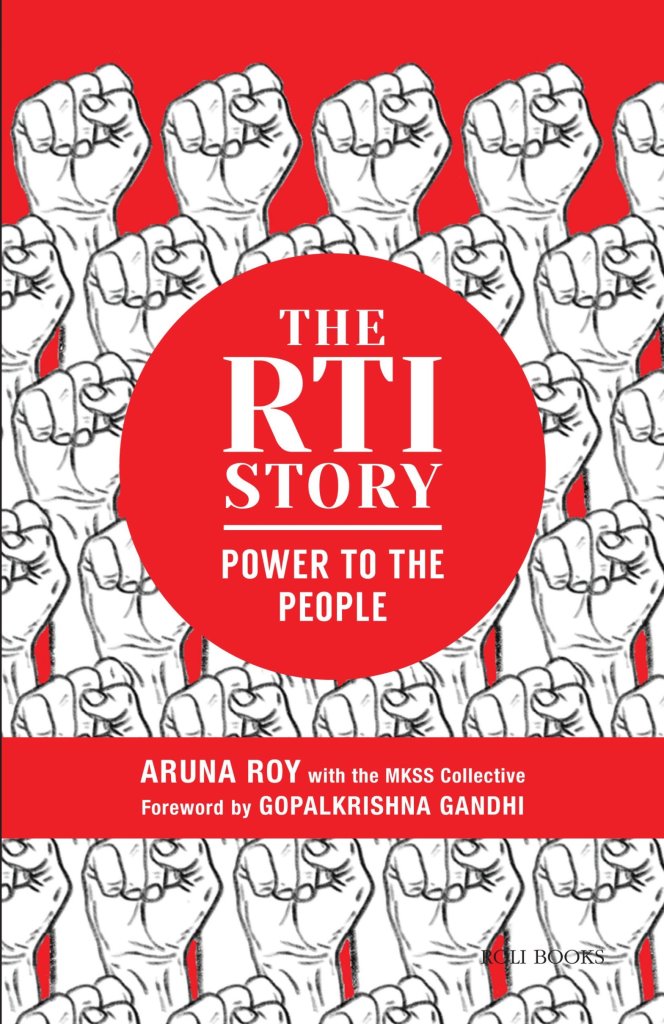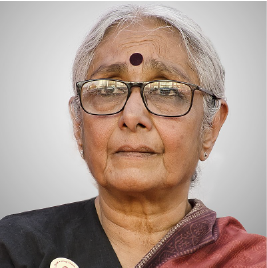The RTI Story - Power to the people - Aruna Roy
Summary in one line:
This book is the story of how the Mazdoor Kisan Shakti Sanghathan (MKSS) came to be, and how through a decade of campaigns, resistances, fights involving fatal dangers, unprecedented heroism and bravery , and more than sixty deaths, came an act that really puts power in the hands of ordinary people.
Three takeaways from the book:
- Direct action by the people, works, however powerless, poor, or underprivileged they maybe.
- The powerful can be defeated and brought to their knees to confess their wrong doings and can be held accountable, that looks impossible to the ordinary man.
- It starts out as a struggle in a remote hamlet, then becomes a campaign among groups of villages then turns into a national movement.
What can be learnt from the book:
The book is not just about the nitty-gritty of how the campaign happened, the scope of the law and how the law was made. Most critically, this book is about the idealism that drives the power of activism and it makes you feel that it’s possible to create a world that is just. This is a law that has come ground up- the impetus to law making has come from the people via a campaign and decades of struggle. It didn’t start with a plan for a law, but it was planned to get justice. It started out as struggle, then a campaign, then a movement. It is really, a dialectic and a game between people and the people in power.
The story starts in a mud house, in Devdungri, a village in Rajasthan, where the author Aruna Roy, Nikhil Dey, Shankar Singh, and Anshi began their work in 1987. The discussions and arguments in the house defined MKSS’s struggle for the RTI. An accusation of untruth faced by the poor when they demanded their rightful wage- ‘If we do not get those records out we will always be liars’ was paraphrased here.

I think the book cannot be described in detail better than the author herself:
The book is is a collection of ordinary people’s stories which shaped ideas, and a legal tool to address corruption and arbitrary use of power – two overpowering deterrents in accessing the people’s right to live. Denial of justice often arises from the suppression of the truth and of information, keeping people away from access of food, work, health, justice, education, housing and the right to live with dignity. Corruption is the tangible manifestation of mis-governance and the arbitrary use of power.
The casual sequence unravels how people come together for a single purpose, no matter how different the articulation and starting points. The players are from different ‘sectors’, who analysed and acted to change the nature of their immediate engagement with democratic institutions and governance. They all came to the conclusion separately that corruption and injustice could be controlled only if there was access to information as a right.
It is an exercise in building theory through practice. It articulated the implicit argument that participatory democracy can be crafted to be constructive, inclusive and just. Its story celebrates pluralism and participation as important foundations of a democracy. It is a campaign that has been rooted in the complexities of indian democratic processes while carrying the simple straightforward message of transparency to achieve its objective. This people’s campaign has added to the lexicon of governance and its understanding by looking at ways in which people could engage with policy and implementation.
It offers some ways in which we can actually deal with conflicts in democratic processes between the citizen and the elected representative, between worker and scholar, between action and reflection, between individuals and collectives. Perhaps it will make us realize and recall the strength of the national movement that gave us independence and the constitution we then gave ourselves. The story offers hope that justice and equality need not remain in the tomes of legal guarantees but can –with judicious application- win some battles within the democratic and constitutional paradigm.

 Get the book
Get the book